Think again before you snap a photo with these iconic monuments.
10 of the Most Controversial Statues and Monuments Around the World
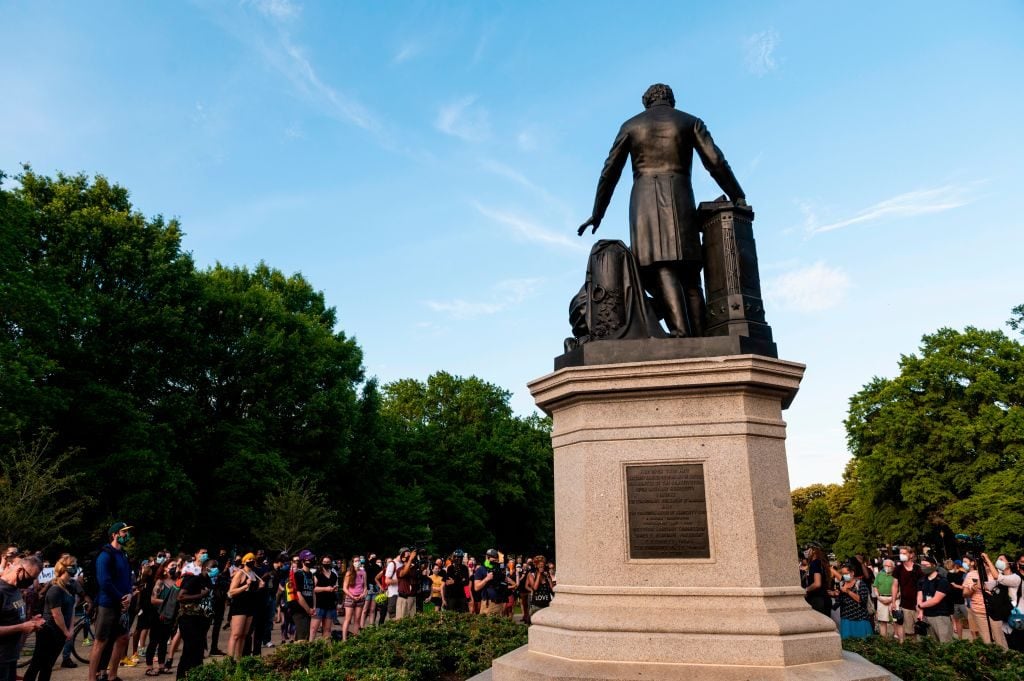
Not all monuments are universally beloved. Many have actually been a cause of great controversy—and rightfully so, considering there are many structures around the world that commemorate slave owners, war criminals, and cruel leaders. It’s not unheard of for statues to have been relocated or demolished due to pubic outcry, but there are still many monuments left standing that are up for debate. The following are just a handful of some of the controversial monuments that have been disputed. Learn some more about these leaders and time periods with these history lessons that your teacher probably lied to you about.
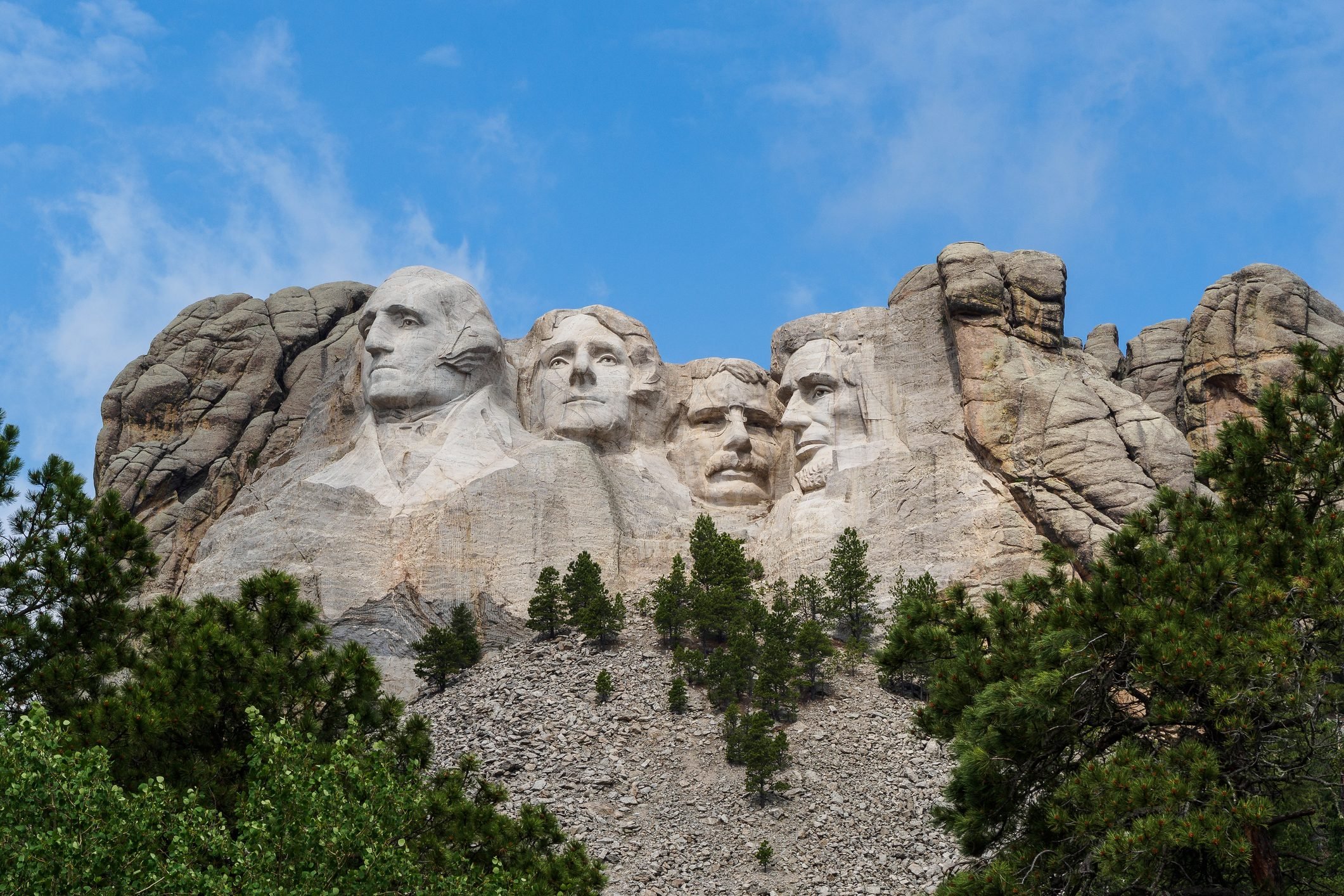
Mount Rushmore, South Dakota
Mount Rushmore was designed by Gutzon Borglum, an individual who eventually developed a relationship with the Ku Klux Klan (Borglum was also the artist initially approached to design Stone Mountain as well, which you’ll read more about next). Mount Rushmore is located on sacred Sioux land that was forcibly seized (along with the forced eviction of the Sioux people)—the mountain was originally known as Six Grandfathers, named after ancestral Lakota Sioux spirits. While designing the project, Borglum chose to depict four notable white men that, according to Vice, he felt were “instrumental in expanding and preserving the boundaries of America”: George Washington, Abraham Lincoln, Thomas Jefferson, and Theodore Roosevelt. Recognizing that the land was taken illegally from the Sioux tribe in the 1800s, the Supreme Court offered the price of the land in 1980, plus interest, but the offer was refused by the Sioux.
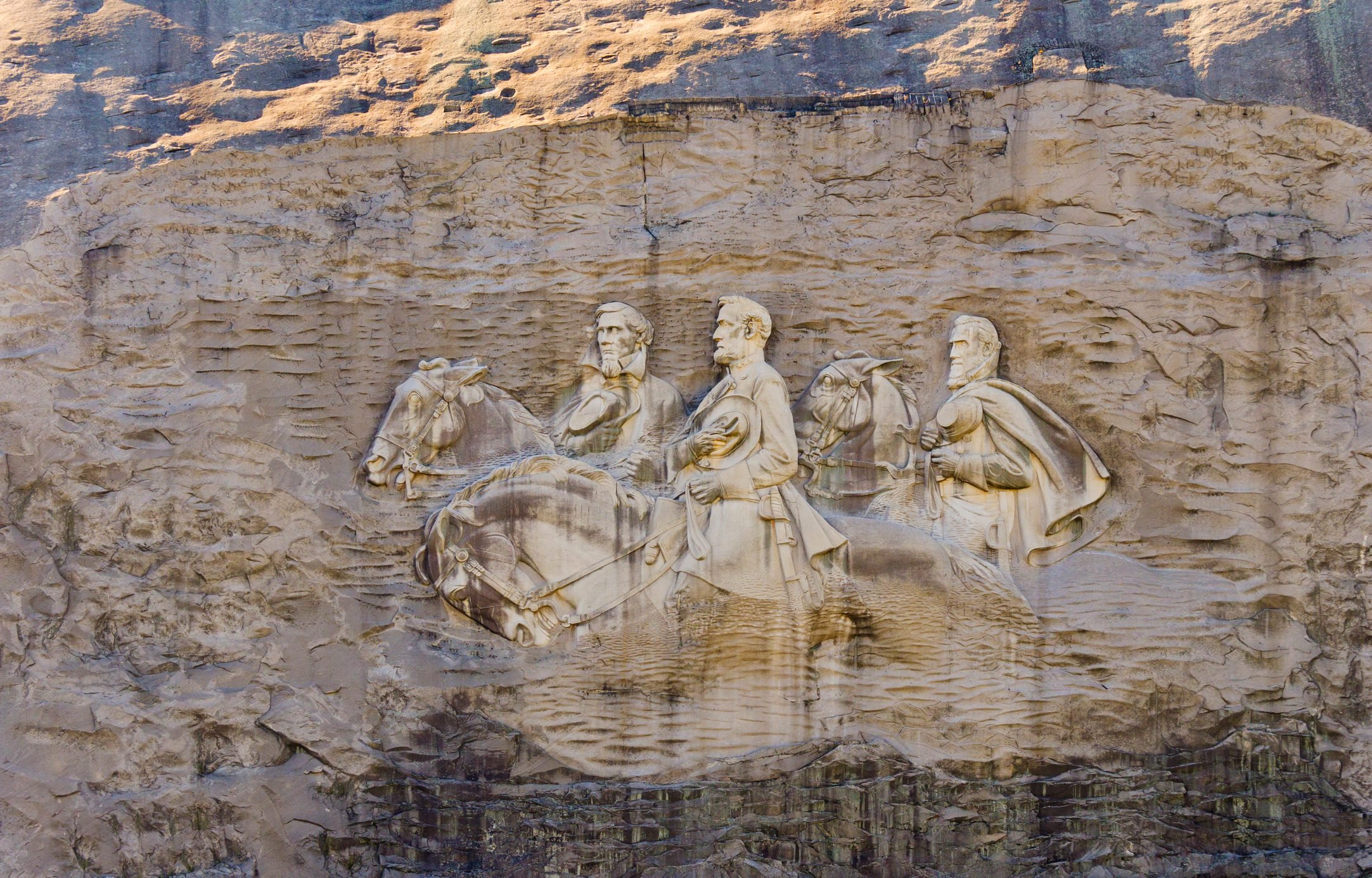
Stone Mountain, Atlanta, Georgia
The massive figures carved in granite rock on Stone Mountain, just outside Atlanta, Georgia, are Jefferson Davis, the only president of the Confederate States of America, alongside Confederate Generals Robert E. Lee and Stonewall Jackson. Before he took to designing and sculpting Mount Rushmore, Gutzon Borglum was hired to build a “shrine to the South” at Stone Mountain, featuring Robert E. Lee and Stonewall Jackson. He was later fired from the project, but that didn’t stop another artist, Henry Augustus Lukeman, from continuing the project to memorialize the Confederate generals. Stone Mountain has long been considered a crucial location for the Ku Klux Klan, who held their cross burnings there in 1915 during what they considered their “modern rebirth,” according to the Washington Post.
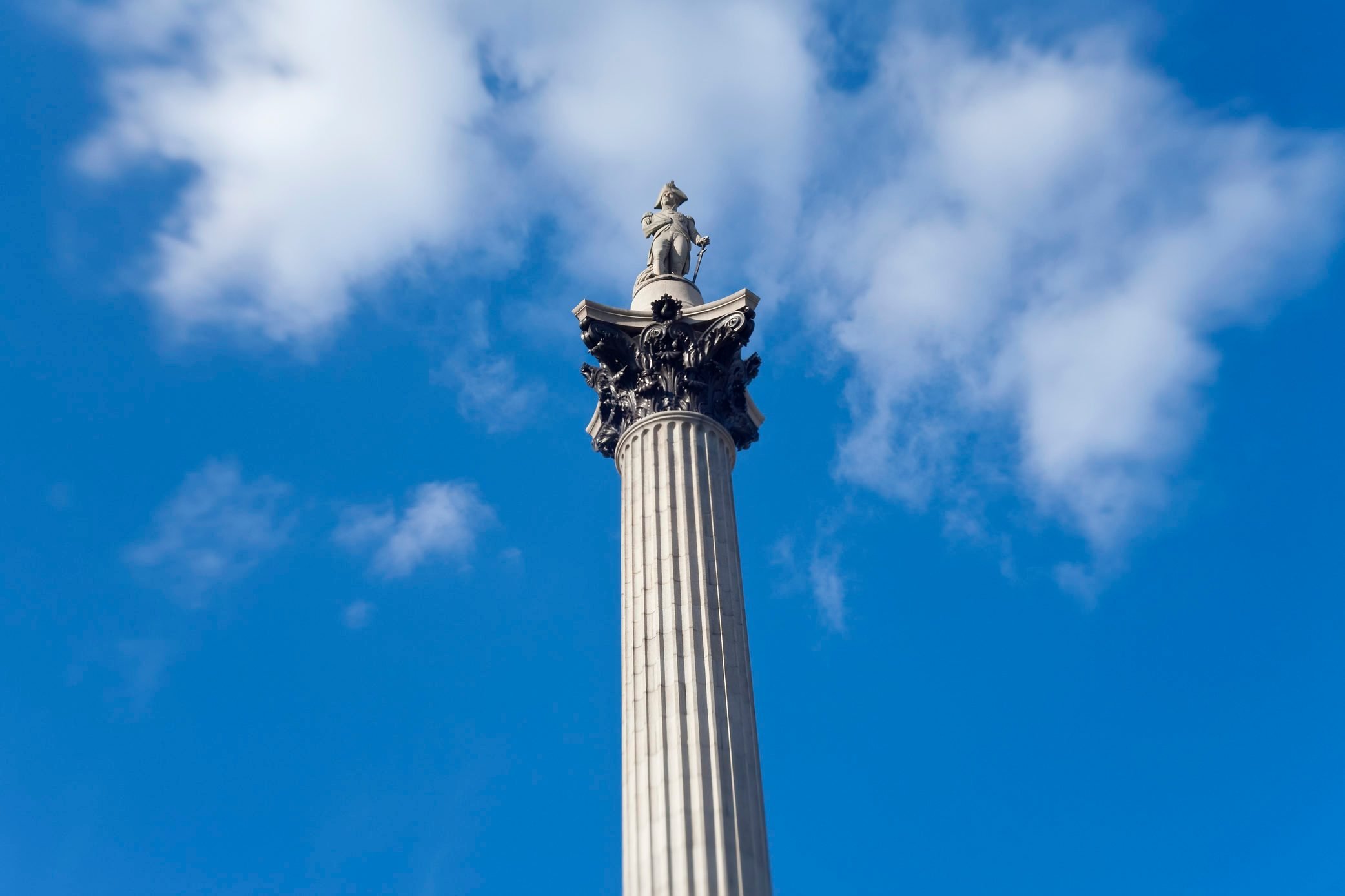
Nelson’s Column, Trafalgar Square, London
In Trafalgar Square, London, Nelson’s Column was constructed to honor Admiral Horatio Nelson, who died at the Battle of Trafalgar in 1805. He is a hero among the British for defeating French leader Napoleon Bonaparte and ensuring that Napoleon would not be invading Britain—but Nelson was also a huge supporter of the slave trade and “was what you would now call, without hesitation, a white supremacist,” according to the Guardian. Find out what 15 famous landmarks look like zoomed out.
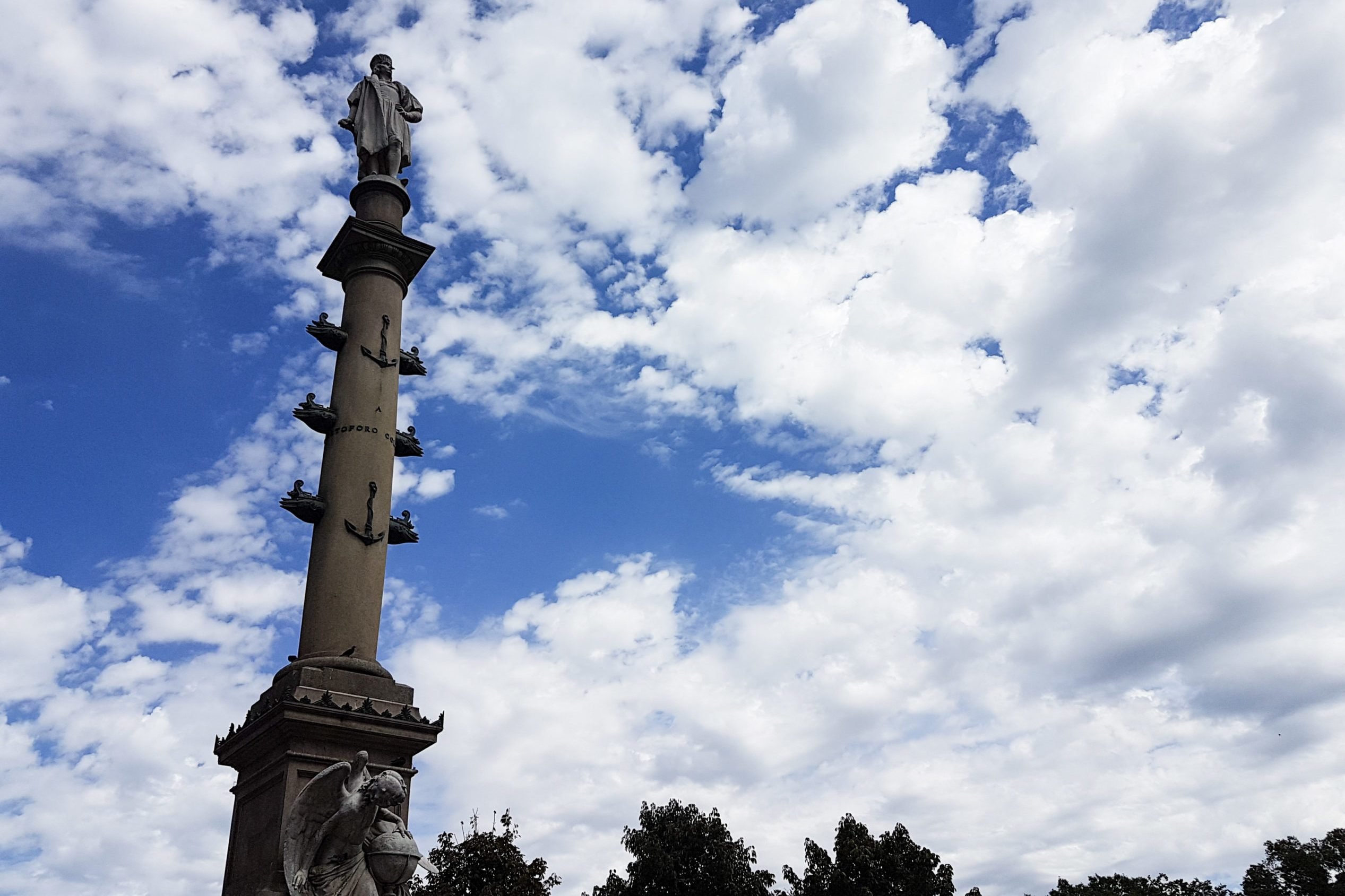
Christopher Columbus statue, Columbus Circle, New York City
Christopher Columbus has notably become a more controversial figure in recent years, as he has been incorrectly credited with “discovering” America in 1492. A number of cities and states in the United States have swapped out the yearly Columbus Day holiday to celebrate Indigenous Peoples’ Day or Native American Day instead, honoring the people who have been here all along.
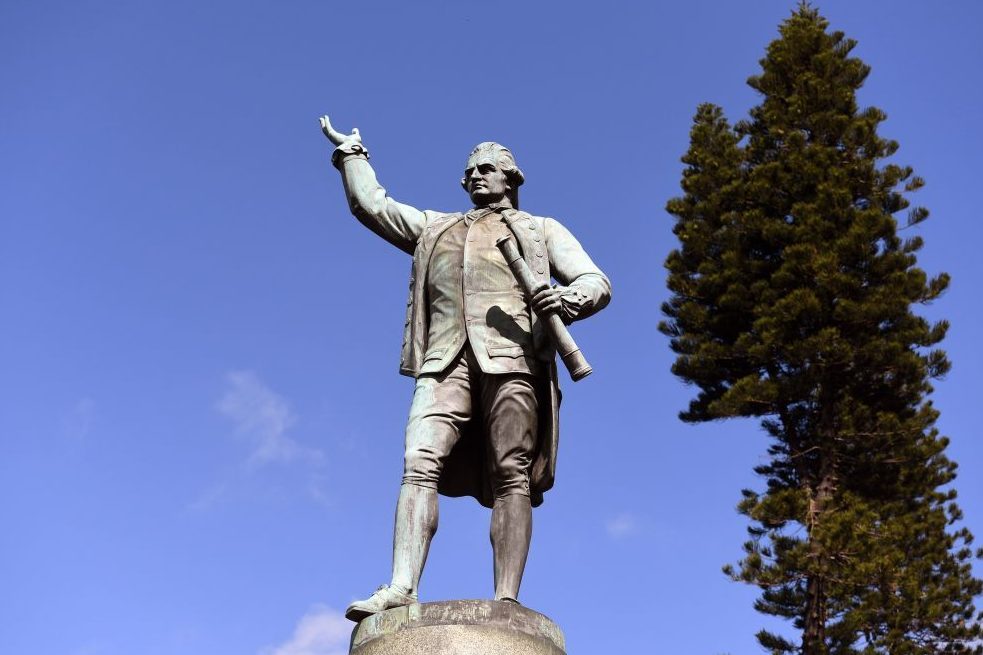
Captain James Cook statue, Hyde Park, Australia
Captain James Cook’s statue in Australia’s Hyde Park in Sydney carries an inscription that claims Cook “discovered” the land. Similar to the outrage over Christopher Columbus, the recognition of Cook as the “discoverer” of Australia ignores thousands of years of indigenous Australian history.
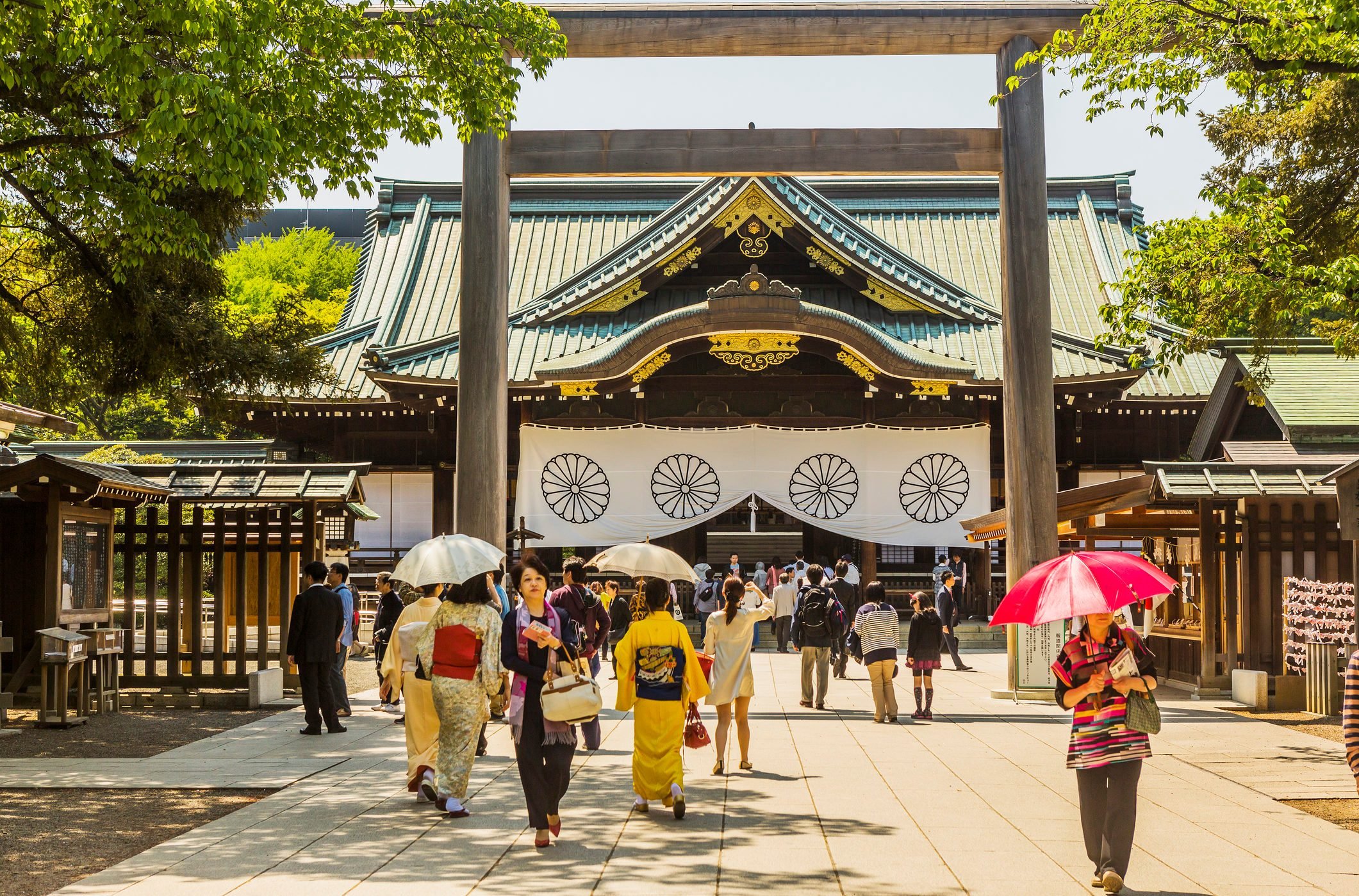
The Yakusuni Shrine, Tokyo, Japan
Located in Toyko, Japan, the Yakusuni Shrine was built in 1869 in order to honor those who dedicated their lives to their country. With almost 2.5 million names inscribed on the structure, there are both citizens who died for their country as well as war criminals that are commemorated, including a general directly responsible for the bombing at Pearl Harbor, a general who called for combat that ensued a massacre, killing 200,000 citizens in 1937, and the originators of Japan’s alliance with Germany and Italy during World War II.
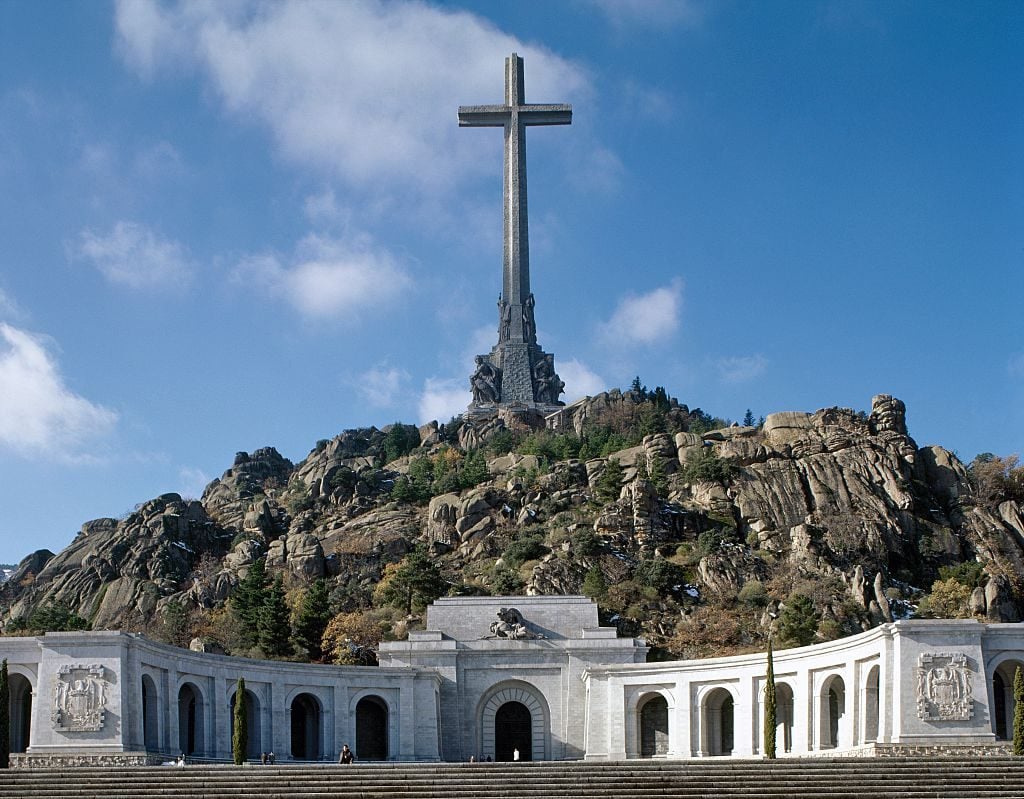
Valley of the Fallen, Spain
Valley of the Fallen was one of the most controversial monuments in Spain. The monument was initially erected to honor those who passed during the Spanish Civil War—but, it’s also where the grave of General Francisco Franco was originally located. As a former dictator of the country, he rose to power with the assistance of both Nazi Germany and Fascist Italy, ruling over Spain from 1939 until his death in 1975. Franco was buried at the Valley of the Fallen after his death, and in the ensuing years, many Spaniards considered the monument a glorification of the four-decades-long dictator and not of the many who gave their lives during the Spanish Civil War. His grave there had even become something of a shrine for the far-right, further tarnishing the original intent of the monument. However, in 2019, Spain’s socialist government upheld a promise to finally move Franco’s remains. His grave was exhumed and his remains moved to a cemetery in Madrid.
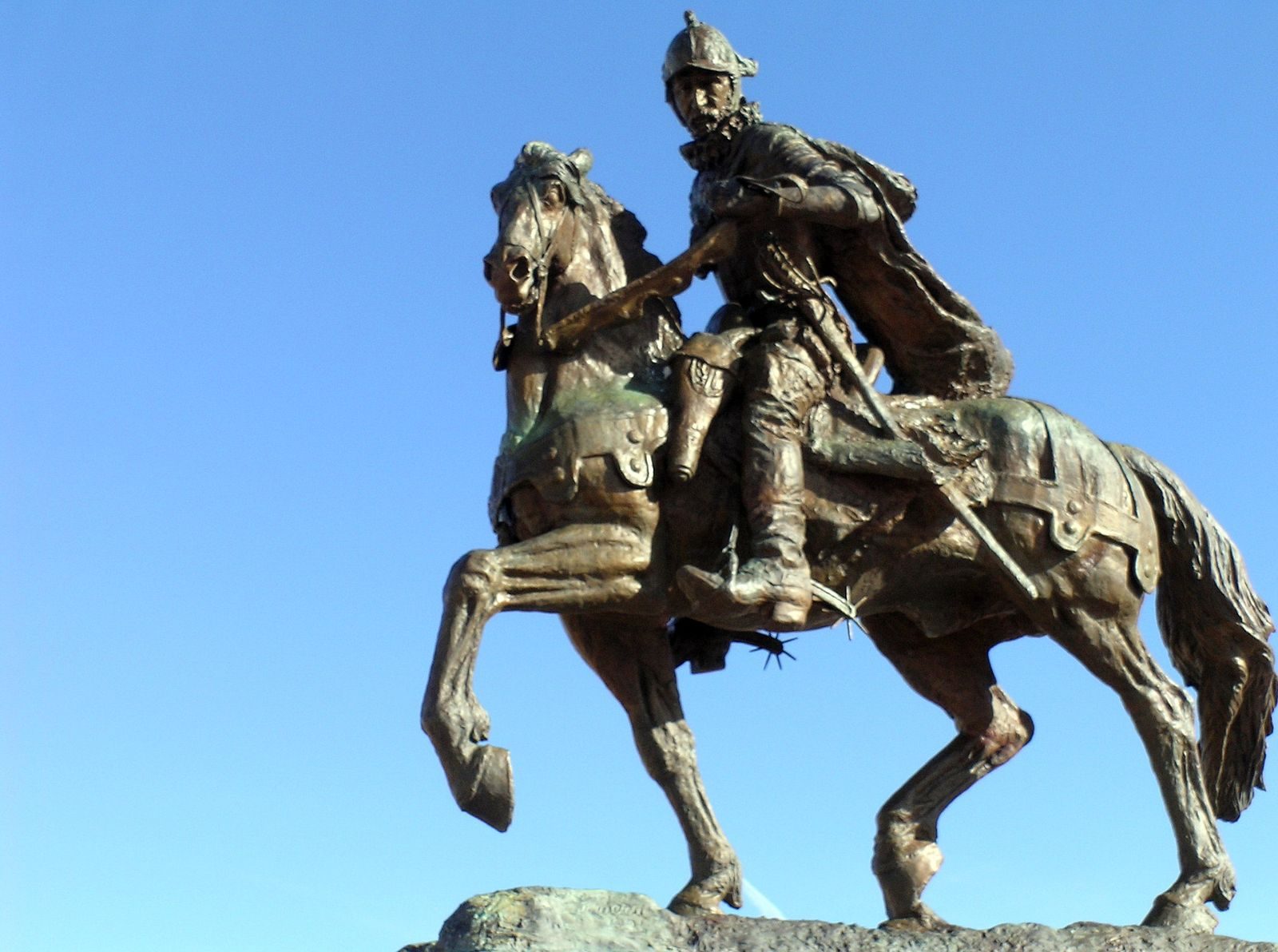
The Don Juan de Oñate statue, Alcade, New Mexico
The statue in Alcalde, New Mexico was constructed as an homage to the man who established communities in the Upper Rio Grande area, but many see it as praising a brutal ruler who almost exterminated the Acoma Pueblo people. Juan de Oñate was a Spanish conquistador given permission to colonize land that is now known as New Mexico in 1598. According to the New York Times, Oñate and his men carried out many atrocities that resulted in the deaths of more than 800 people—he even ordered the amputation of the right foot of at least 24 captive men. The statue (and others like it around the region) is no stranger to protests, and in June 2020, demonstrations at the statue turned violent as protestors tried to tear the monument down. Following this, the statue was removed “temporarily” for its own protection.
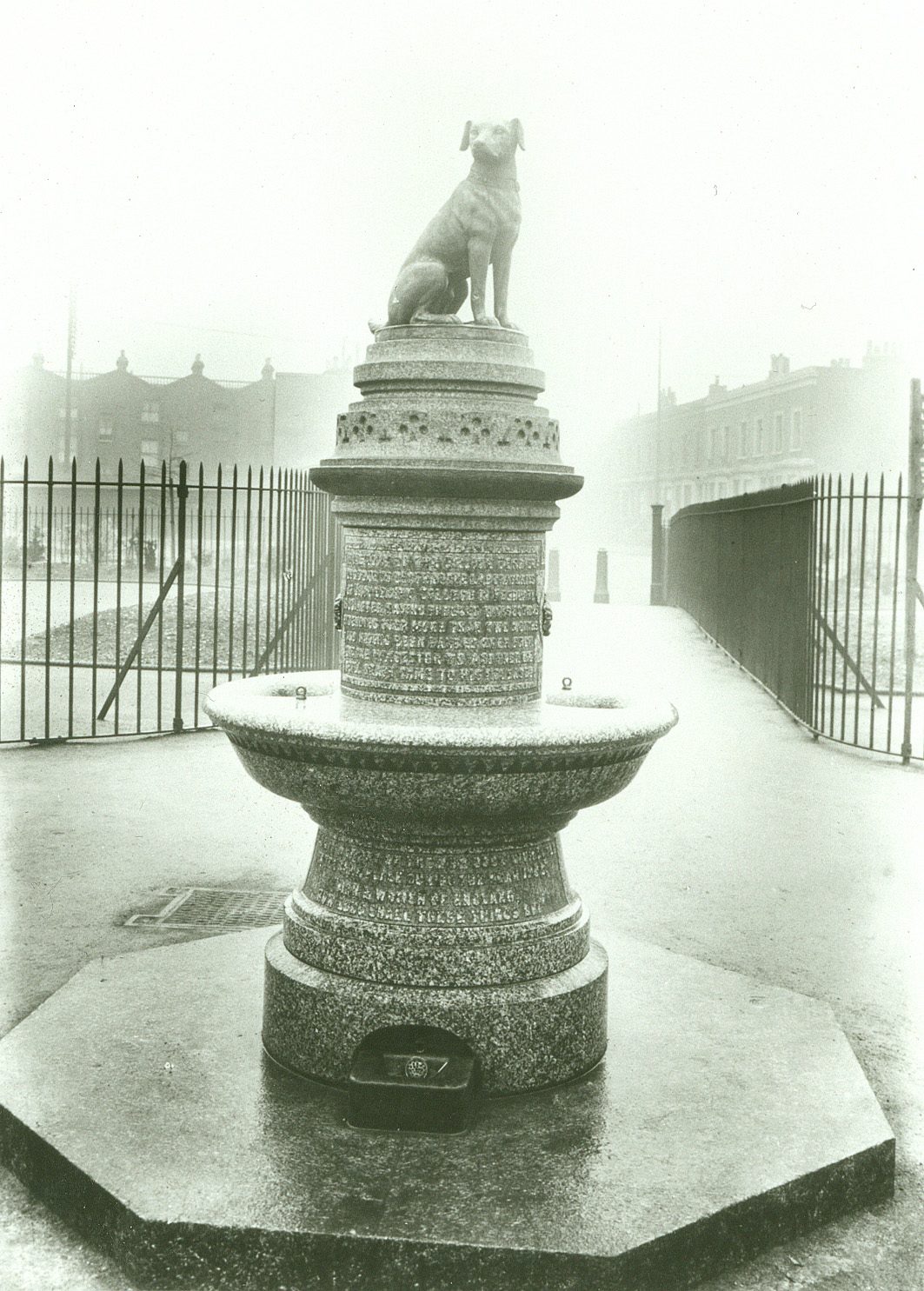
The Brown Dog Statue, London
This monument in London has gone through a couple of iterations. To start with, the original monument was erected in memory of the little brown dog at the heart of the Brown Dog Affair, in which allegations of animal abuse were leveraged against a medical professor at University College London in 1903 for operating on the live dog in the name of research. The first statue went up featuring a depiction of the brown pup along with an inscription detailing the abuse and called out University College London by name. The memorial caused violent riots between medical students at the college and other universities who argued that the dog had been anesthetized and that no laws had actually been broken, socialists, suffragists, and anti-vivisectionists (those opposed to operations on live animals for the sake of research), which resulted in its removal in 1910. But, 75 years later with a still-active anti-vivisectionist movement afoot, a new statue was erected in 1985 with the same inscription that caused the original riots, while also praising continued efforts to advocate for animal rights.
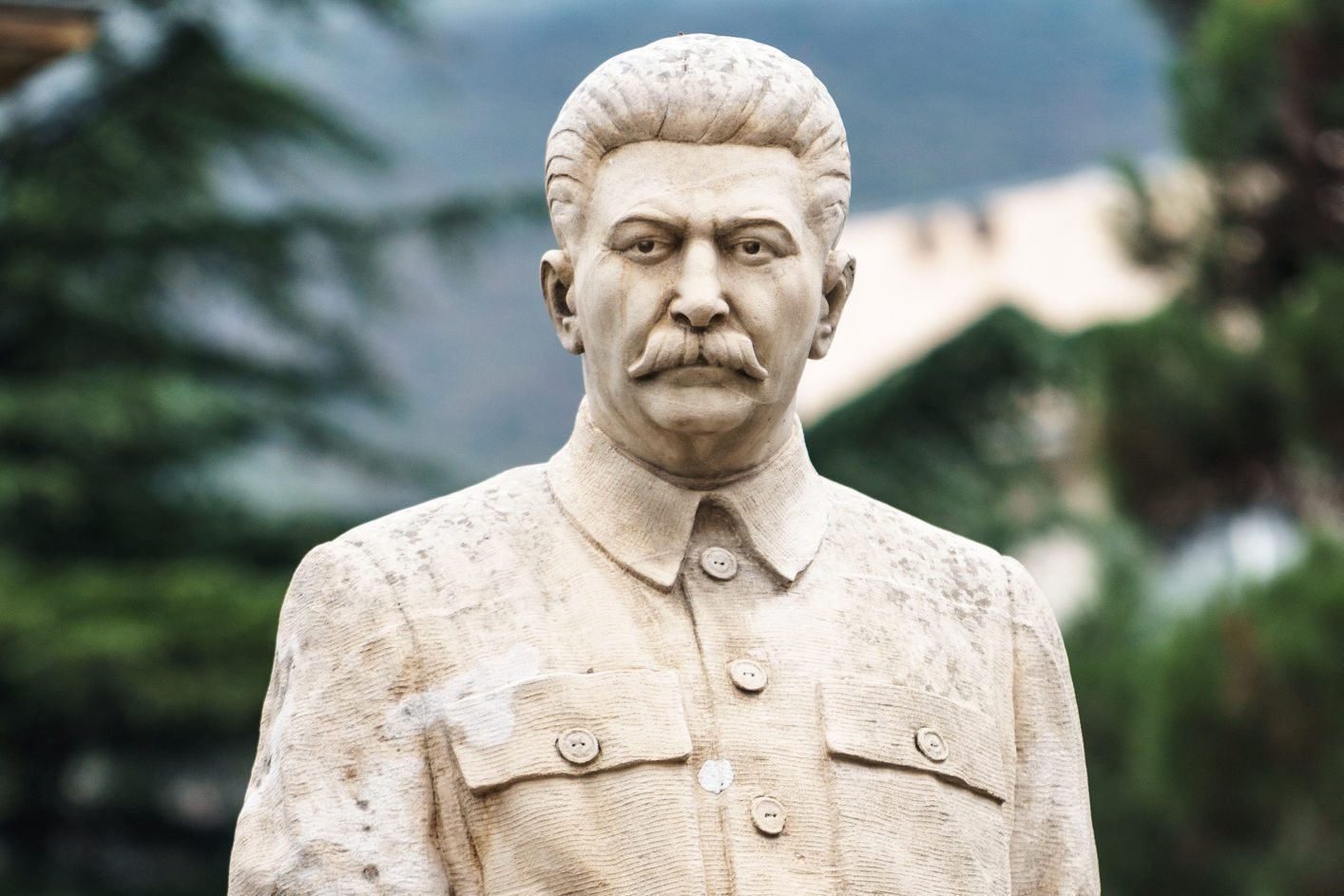
Joseph Stalin statues
Many statues of Joseph Stalin, the former dictator of the Soviet Union, remain standing. Stalin was known to eliminate anyone in the Soviet Union who he considered to be disloyal and sent millions of his own people to forced labor camps. Next, check out these 8 monuments that are hiding little known secrets.




















